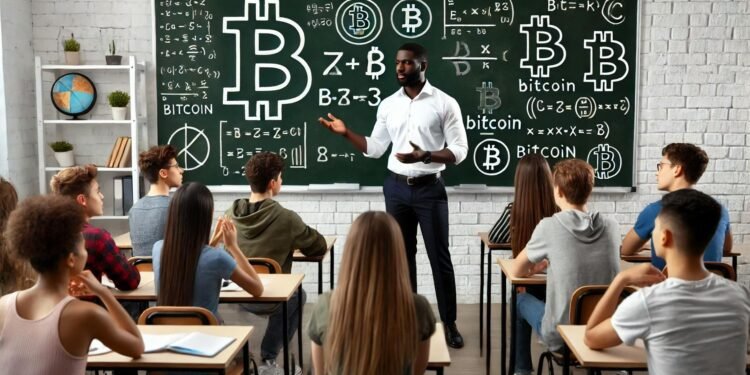Connecting Math and Bitcoin: Empowering the Next Generation
Overview
The rise of Bitcoin as a groundbreaking currency has piqued interest across various age groups, particularly the youth. With parents introducing their children to Bitcoin, there is a growing demand for educational resources blending mathematics with cryptocurrency concepts. This article delves into the potential impact of such educational initiatives, focusing on the realities of Bitcoin and its market dynamics.
Insights from Experts
Given the swift evolution of the cryptocurrency sphere, experts emphasize the significance of cultivating Bitcoin literacy among young minds. Renowned Bitcoin advocate Michael Saylor describes Bitcoin as the pinnacle of monetary system innovation. His forward-thinking view positions Bitcoin not just as an investment opportunity but as a crucial element of future financial transactions.
Market Landscape
Bitcoin’s allure continues to captivate investors and the public, solidifying its position in the market. Saylor’s prediction of Bitcoin potentially reaching $13 million per coin underscores its speculative appeal and underscores its finite supply of only 21 million coins. This scarcity, alongside a dedicated group of investors actively seeking to amass Bitcoin, sets the stage for significant market shifts, as highlighted by Kgothatso Ngako of Machankura.
Potential Implications
The fusion of mathematics education with Bitcoin has the potential to catalyze new forms of literacy in the digital era. By grasping Bitcoin’s principles, young learners can navigate its intricacies and prepare for its integration into financial practices. However, experts caution about the fragility of the system, akin to past civilizations. The ability to manage Bitcoin wisely is essential to avoid historical parallels of decline.
As Bitcoin matures, an impending phase of transition looms. Forecasts suggest a potential stabilization of prices after periods of volatility, akin to gold’s trajectory. Yet, this saturation presents complexities that may influence its perceived value and usability, emphasizing the need for a knowledgeable cohort equipped with robust mathematical and technical skills during these transformations.
Conclusion
In essence, the convergence of mathematics and Bitcoin offers a distinctive opportunity for the younger generation to unravel a complex market and acquire new skills crucial for navigating future economic landscapes. As young minds engage with these concepts, they not only prepare for personal financial literacy but also contribute to the ongoing discourse about Bitcoin’s viability and evolution. Recognizing the intertwining of mathematics and cryptocurrency is vital as we step into an uncertain financial landscape, requiring adept individuals to safeguard the resilience of Bitcoin as a fundamental economic asset.








